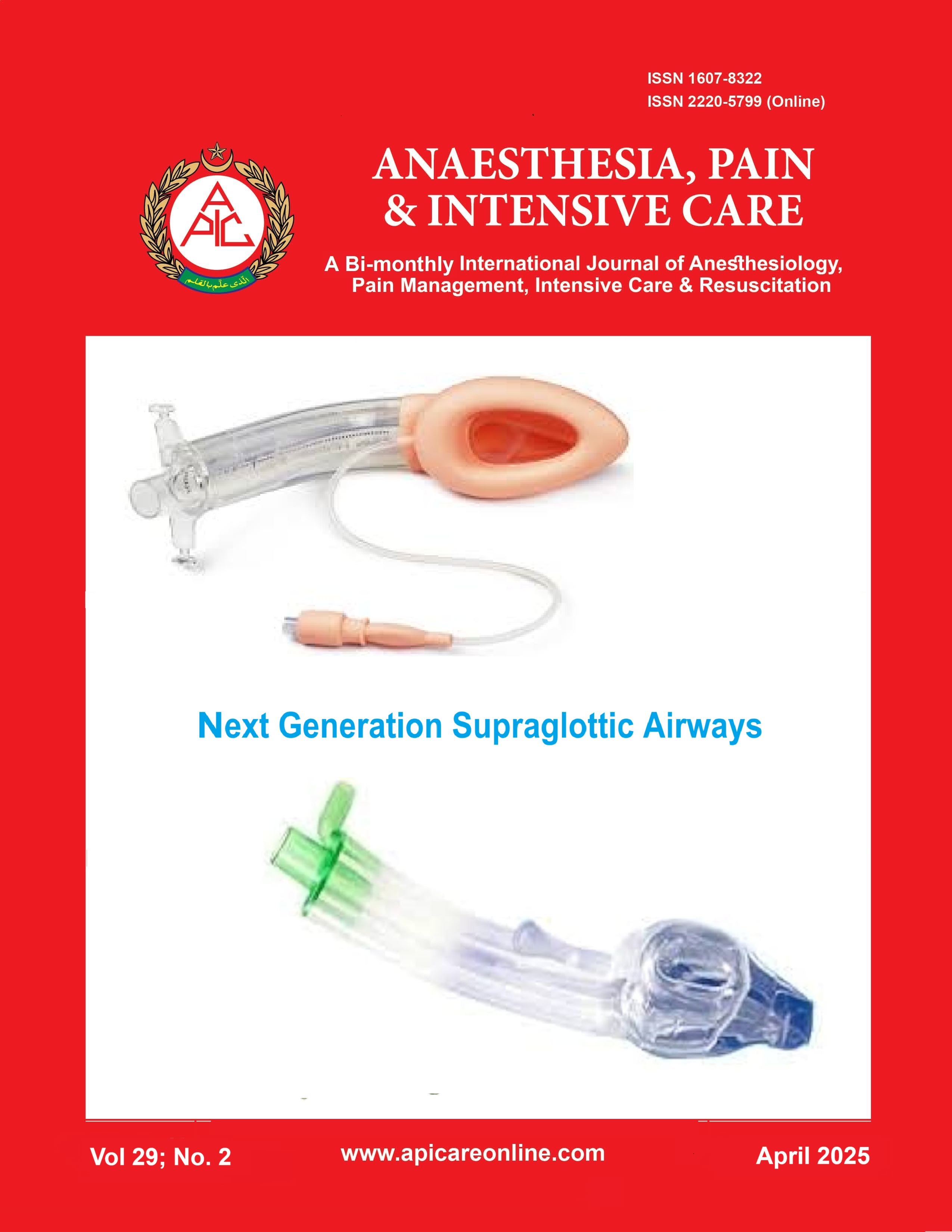Perception and knowledge of breast cancer: evaluating educational gaps among Saudi Arabian female medical students
Abstract
Background & objective: Breast cancer continues to rank among the leading causes of mortality for women globally. Though a serious disease, breast cancer is poorly understood worldwide, including in Saudi Arabia.
To evaluate female medical students' understanding of breast cancer risk factors, symptoms, and signs.
Method: This prospective study was conducted over nine months in the College of Medicine, Northern Border University, involving 198 female medical students. A questionnaire adapted through modification from the Breast Cancer Awareness Measure, version 2, was used for this study to collect data. The SPSS used for analysis was version 29.
Results: Medical students’ knowledge of breast cancer symptoms and signs is diverse. As an example, 59.2% of respondents correctly identified a lump or thickening in the breast and 67.3% recognized that a lump or thickening under the armpit may be a warning sign, while 40.8% and 32.7%, correspondingly, were uninformed. Awareness of the risk factors among the different years of the study revealed some interesting trends with significant associations like the history of breast cancer (P = 0.003), relative to breast cancer (P = 0.031), early menarche (P = 0.005), and hormone replacement therapy (P = 0.021). Only 18.69% were very confident in noticing changes in breasts while 40.91% had never done self-examination.
Conclusion: The female Saudi medical students demonstrated knowledge in some aspects of breast cancer; however, knowledge and practice gaps were still large. These results strengthen the evidence of a continuing need for education to develop better knowledge and proactive health behaviors regarding breast cancer.
Key words: Breast Cancer; Risk Factors; Medical Students; Saudi Arabia
Citation: Mehmood Y. Perception and knowledge of breast cancer: evaluating educational gaps among Saudi Arabian female medical students. Anaesth. pain intensive care 2025;29(2):294-299. DOI: 10.35975/apic.v29i2.2718
Received: January 28, 2025; Revised: February 04, 2025; Accepted: February 05, 2025














